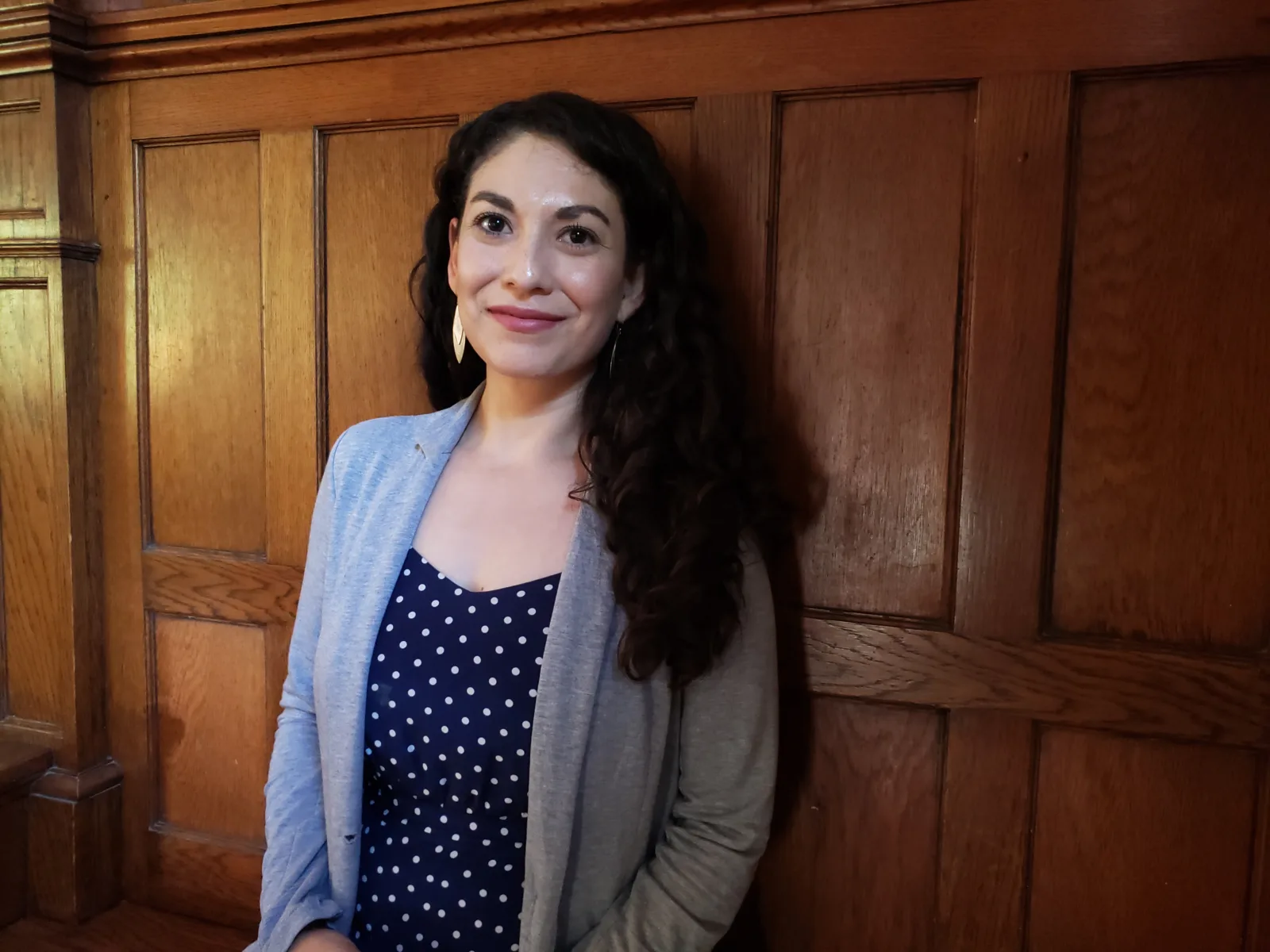“'To Uplift the Spirit of the People': Cultural Activism, Rehabilitation, and Reclaiming El Paso’s Mexican Neighborhoods," Sandra Enríquez
In the 1970s, the border community of South El Paso was on the verge of demolition. This threat, however, gave rise to a robust and multifaceted housing and neighborhood preservation movement. This essay examines how Mexican Americans actively rehabilitated, transformed, and redefined South El Paso’s built environment. Using less “conventional” approaches such as clean ups, beautification projects, planting community gardens, painting murals, and creating community centers, these efforts allowed residents to embed their culture and heritage in their neighborhood. In transforming the barrio’s physical spaces through cultural activism, Mexican Americans challenged the urban renewal visions of city leaders by claiming dignity, pride, and ownership of their community.
"'A Mural Is a Bridge to the Community': Murals' Cultural Activism," Lindsey Passenger Wieck
This chapter traces the creation of murals in the Mission District of San Francisco in the 1970s-1980s. Artists painted murals to help residents envision themselves as part of a Mission Latino community. Seizing neighborhood spaces, muralists inscribed local spaces with community identity, making residents’ Latinidad visible to all. Murals also connected discrete Latino neighborhood spaces into a more concrete Mission place that residents cared about protecting. Mission murals made local spaces safer, more colorful, and more community-oriented while fueling a shared Latinidad among residents. Murals were so effective at creating a distinctive place, one that resounded with Latinidad, that by the 1980s, outsiders recognized the Mission’s authenticity. Exploring the rise of mural tourism shows how visitors constructed a vision of the Mission that celebrated its distinctiveness. While artists and residents saw murals as part of an interactive process, tourists sought to experience the Mission as passive viewers, as consumers of an experience.
Respondent: Cary Cordova, University of Texas at Austin
